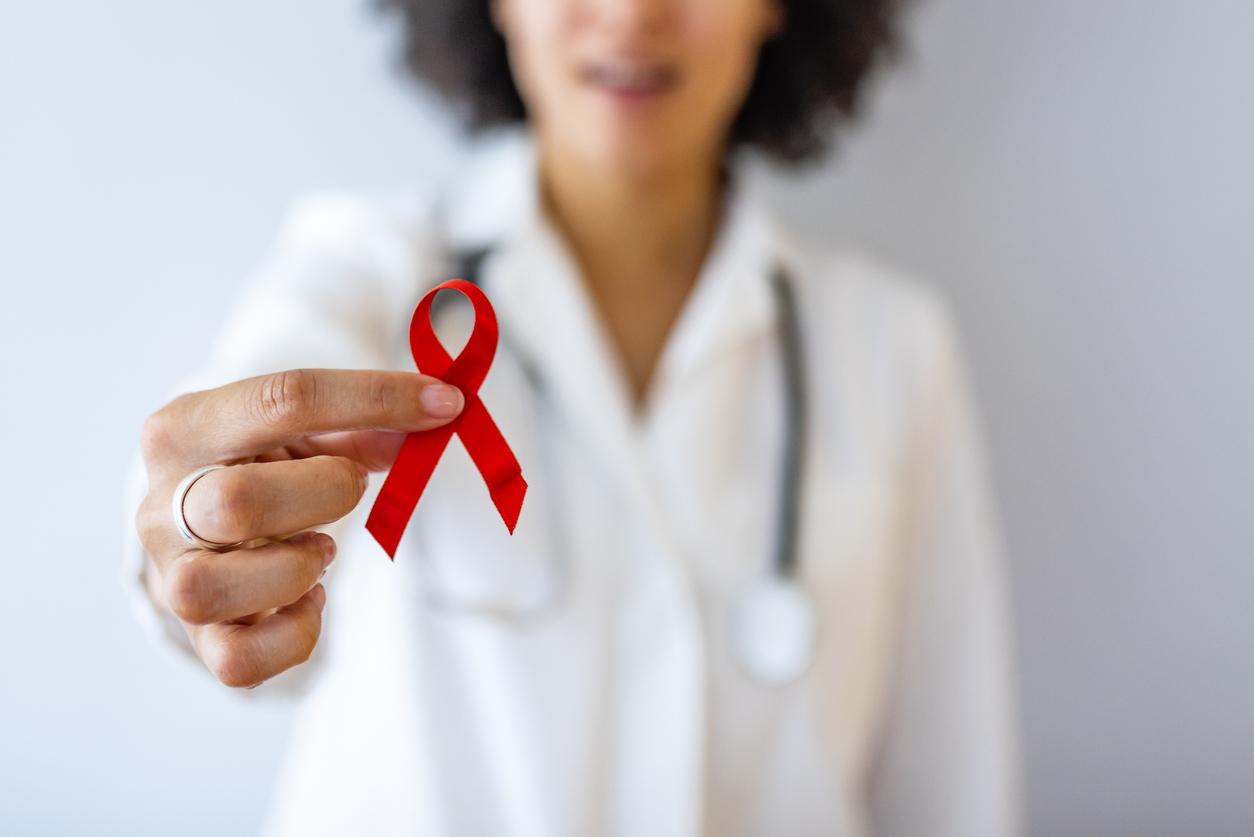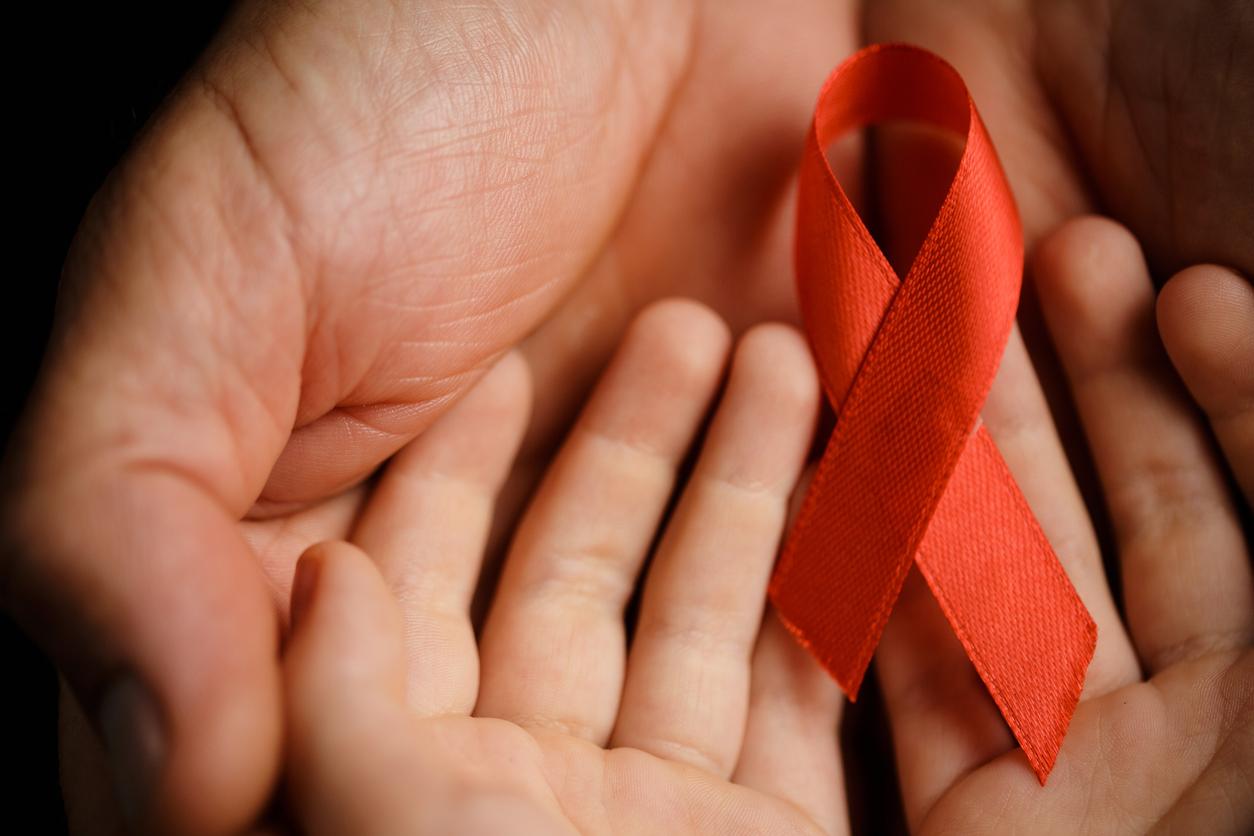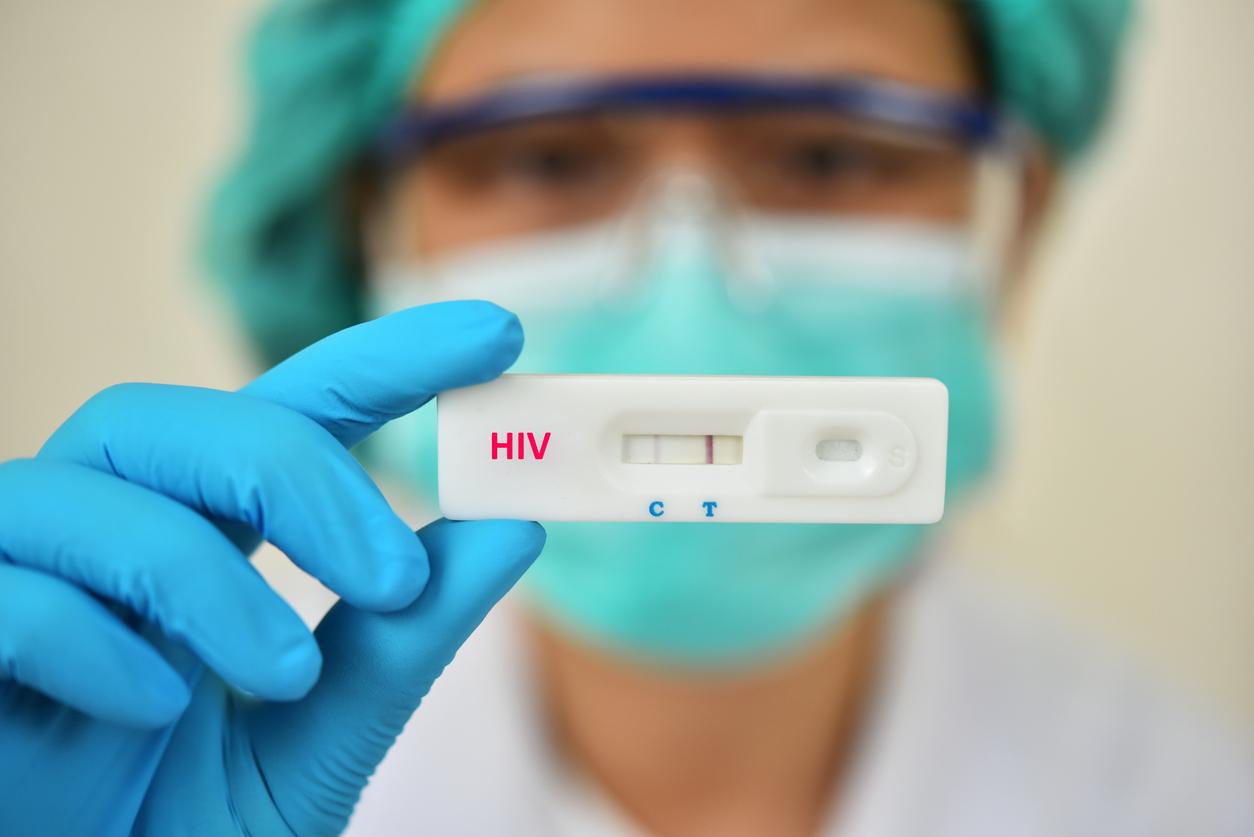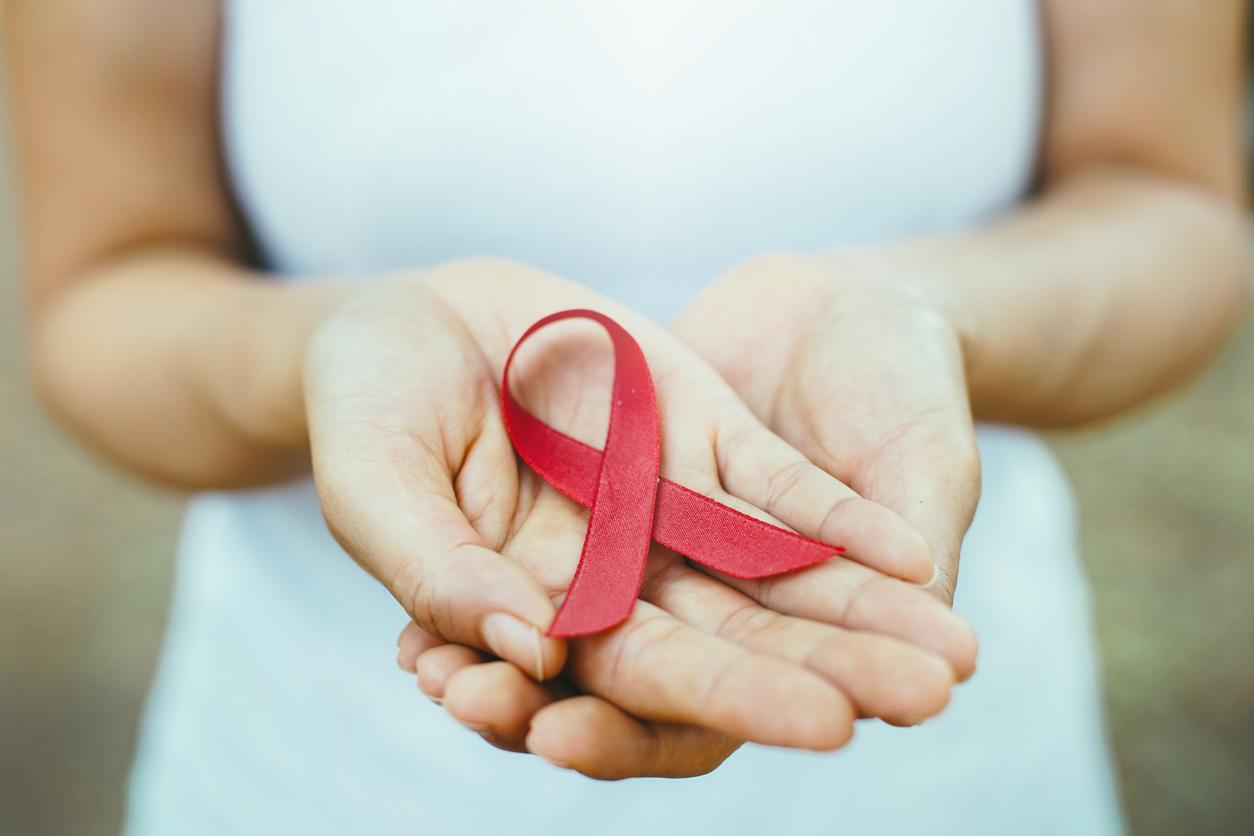In a study published in the Annals of Internal Medicine, American researchers explain having discovered a second case of an HIV-positive patient who would have eliminated HIV naturally from his body without the need for antiviral treatment or a bone marrow transplant.

- Researchers have discovered the case of a second patient who appears to have completely overcome an HIV infection without the help of antiviral treatments or a bone marrow transplant.
- Called patient Esperanza, this patient appears to have an immune system capable of naturally eliminating viral reservoirs of HIV: this process is called sterilizing healing, and it has only been observed once before.
A second patient cured of HIV without treatment or transplant? This is what has just been announced in a study published in the Annals of Internal Medicine researchers from the Ragon Institute at Massachusetts General Hospital, MIT and Harvard University.
According to them, this second HIV-positive person, called patient Esperanza, showed no trace of intact HIV genomes in more than 1.5 billion blood and tissue cells analyzed.
A second case of sterilizing healing
For years now, this research group has been studying specific HIV patients. Called “elite controllers”, they appear to have an immune system capable of controlling and eliminating HIV without antiretroviral therapy.
During infection, HIV places copies of its genome into the DNA of cells, creating what is called a viral reservoir. In this state, the virus effectively hides from anti-HIV drugs and the body’s immune response. In most people, new virus particles are constantly being made from this reservoir. Antiretroviral therapy (ART) can prevent the production of new virus but cannot eliminate the reservoir, requiring daily treatment to suppress the virus.
However, in elite controllers, viral reservoirs are still present in the body and are able to produce more virus, but killer T cells maintain virus suppression without the need for any treatment.
Among these elite controllers, one patient in particular stood out. The researchers identified her as carrying a genome that contained no intact HIV viral sequence. This told researchers that his immune system might have eliminated the viral reservoir of HIV. This phenomenon, called sterilizing healing, is extremely rare and has only been observed once before.
The research team, led by Professor Xu Yu, of the Ragon Institute, then sequenced billions of cells from this patient, known as the “patient from San Francisco”, looking for any sequences of HIV that might be used to create a new virus, and found none. This extraordinary discovery, the first known incidence of a sterilizing cure without a stem cell transplant, had been reported in Nature in 2020.
In the case of this second Esperanza patient, no intact HIV genome was found in the 1.19 billion blood cells and 500 million tissue cells sequenced either, indicating a second case of sterilizing cure. .
Hope for HIV treatment revived
“These findings, particularly the identification of a second case, indicate that there may be a feasible route to a sterilization cure for people who are unable to do so on their own.”, says Professor Yu, who is also a medical researcher at Massachusetts General Hospital. According to her, these results suggest that a specific killer T cell response common to both patients is driving this response, with the possibility that other HIV-positive people also achieved a sterilizing cure.
The goal of future research is now to better understand these immune mechanisms so that treatments can be developed that teach the immune system of other HIV-positive patients to mimic these responses when infected with HIV.
“We are now considering the possibility of inducing this type of immunity in people on antiretroviral treatment through vaccination, with the aim of educating their immune system to be able to control the virus without antiretroviral treatment”concludes the professor.

.

















